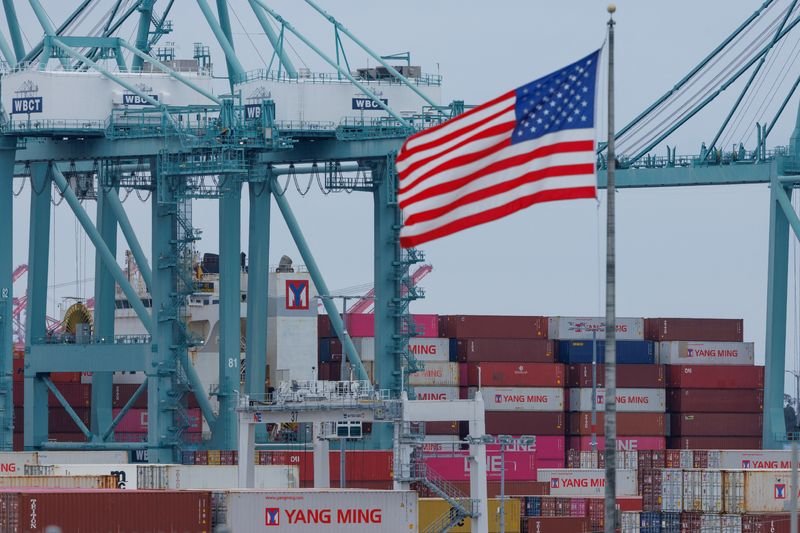Understanding the Impact of Tariffs on the Trading Day
The Influence of Tariff Headlines
In financial markets, the term "tariff" refers to a tax imposed on imported goods. Tariffs can significantly impact economies, trade relations, and market dynamics. Recent tariff headlines have sparked discussions among investors and market analysts alike. As these tariffs come into effect, they might alter trading patterns and influence decision-making processes in various sectors.
The Landscape of Current Tariffs
The current landscape of tariffs, particularly those between major economies, often sets the tone for trading days. Investors are closely monitoring developments related to these tariffs, which can lead to increased market volatility. When new tariffs are announced or existing ones are modified, it can shift investor sentiment, prompting reactions in stock prices and trading volumes.
Deadlines and Market Reactions
Deadline dynamics play a crucial role in how tariffs affect trading. As deadlines for new tariffs approach or get extended, market participants adjust their strategies accordingly. This uncertainty can create both opportunities and risks in the trading environment. Companies may hurriedly revise their supply chains or pricing strategies to compensate for upcoming duties, further contributing to market fluctuations.
Global Trade Relations and Their Effects
Global trade relations are deeply intertwined with tariff regulations. Changes in tariffs can lead to tense negotiations between countries, directly influencing international trade agreements. For example, heightened tariffs can create barriers that impact the flow of goods and services between nations, resulting in economic slowdown or growth in different sectors.
The relationship between two countries often dictates how tariffs will be enforced. When one nation imposes tariffs, the affected country may retaliate with its own set of tariffs, escalating trade disputes. Such conflicts not only affect businesses but can also create ripple effects throughout global markets.
Strategic Approaches for Investors
Given the uncertainty surrounding tariffs, investors can adopt various strategies to navigate this turbulent landscape. Understanding the sectoral impacts of tariffs is crucial; certain industries may benefit from reduced competition, while others could face increased costs.
Investors can utilize hedging strategies to protect against potential losses arising from tariff-related fluctuations. Keeping an eye on economic indicators and industry trends related to tariffs can provide valuable insights and guide investment decisions.
The Role of Technology in Trading
Technology has transformed trading practices, allowing for real-time analysis of tariff impacts on the market. Advanced trading platforms and analytical tools enable investors to gauge market responses swiftly. These technologies also facilitate the dissemination of information regarding tariff updates, giving investors a competitive edge in making informed decisions.
Anticipating Future Changes
Looking ahead, anticipating future changes in tariff regulations is essential for investors and businesses. Regulatory bodies and trade organizations play pivotal roles in setting the stage for these changes. Understanding their agendas and potential influences on trade policies can provide a clearer picture of what to expect in upcoming trading days.
Moreover, staying informed about key economic reports and forecasts related to tariffs can help investors anticipate the market’s reaction. Analysts often scrutinize such reports to provide insights into upcoming policy shifts and their probable impacts on trading behavior.
Conclusion
As tariffs continue to shape the global trading landscape, both investors and businesses must remain vigilant. By analyzing tariff headlines, recognizing market reactions to deadlines, and leveraging technology for real-time monitoring, stakeholders can develop robust strategies to navigate the complexities of today’s trading environment. Understanding the nuances of tariffs and their implications on trade will be paramount in optimizing investment decisions and seizing opportunities in an ever-changing market landscape.
